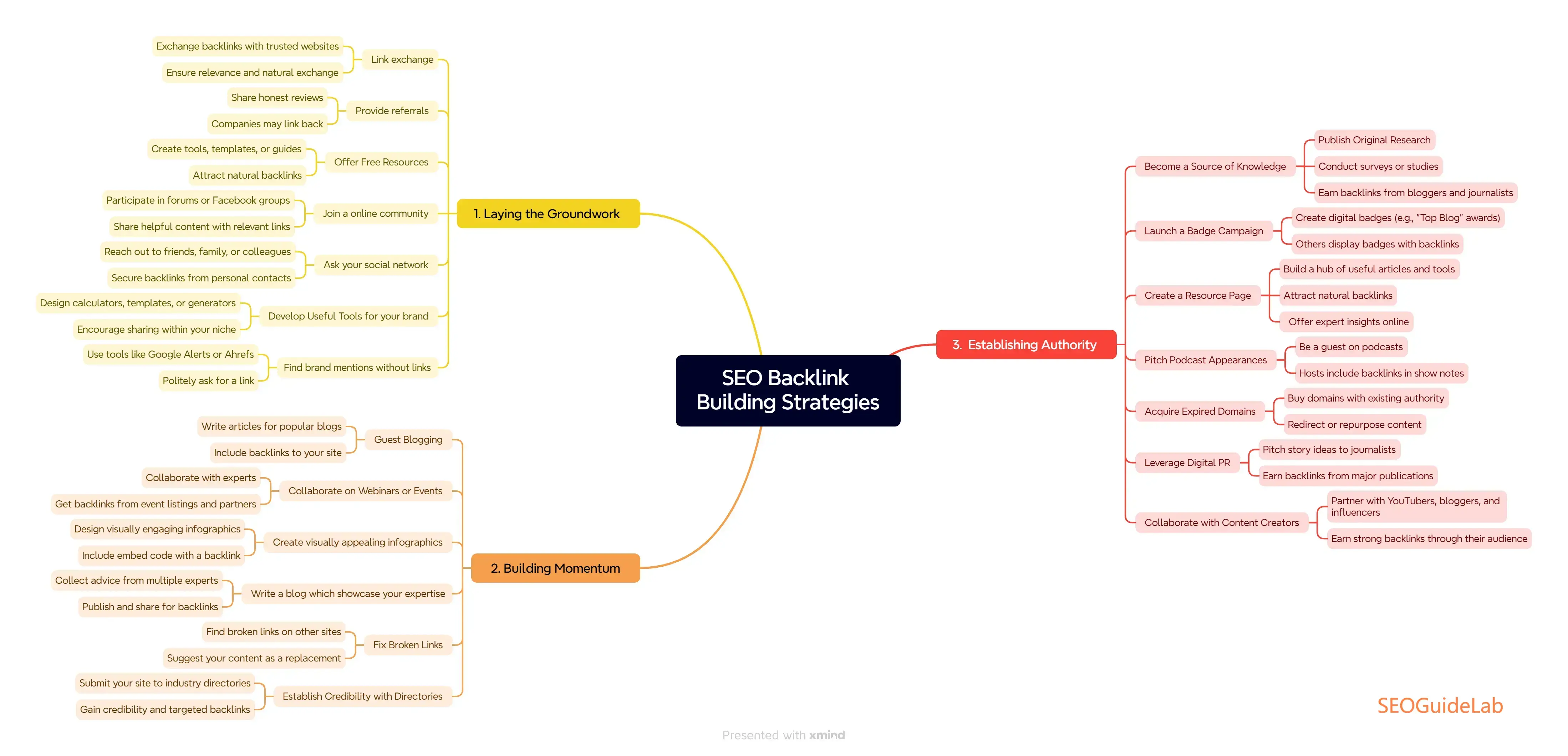Dofollow vs. Nofollow: Which is More SEO-Friendly?
When building a website’s SEO strategy, backlinks are often hailed as the backbone of success. But not all links are created equal. The debate between dofollow and nofollowlinks has puzzled many marketers. Which one truly benefits your SEO? Let’s break it down.
What Are Dofollow and Nofollow Links?
Dofollow Links
Dofollow links are standard hyperlinks that allow search engines like Google to "follow" them. They pass link equity (or "link juice") to the linked page, boosting its authority and ranking potential.
Example of a Dofollow Link:
<a href="https://yourwebsite.com">Learn SEO Tips</a>
By default, all links are dofollow unless specified otherwise.
Nofollow Links
Nofollow links include the rel="nofollow" attribute, signaling search engines not to pass link equity to the target page. Introduced to combat spam, these links are common in user-generated content or paid promotions.
Example of a Nofollow Link:
<a href="https://yourwebsite.com" rel="nofollow">Visit Here</a>
SEO Impact: Dofollow vs. Nofollow
1. Ranking Power
Dofollow: Directly impacts rankings by transferring authority. A high-quality dofollow link from an authoritative site can significantly boost your SEO.
Nofollow: Doesn’t pass link authority, so it won’t directly improve rankings.
Winner: Dofollow links.
2. Google’s Perspective
In 2019, Google updated its stance: nofollow links are now treated as "hints" rather than strict directives. While they don’t pass PageRank, they might still influence rankings indirectly (e.g., through brand visibility).
Takeaway: Dofollow remains superior, but nofollow isn’t entirely useless.
3. Natural Link Diversity
A healthy backlink profile includes both types. A site with only dofollow links risks appearing manipulative, potentially triggering penalties.
Winner: A balanced mix of dofollow and nofollow links.
4. Referral Traffic
Nofollow links (e.g., from social media or forums) can drive targeted traffic, leading to conversions or brand exposure—even without SEO benefits.
Winner: Both types contribute value.
When to Use Dofollow vs. Nofollow
| Scenario | Recommended Link Type |
Guest Posts (High-Quality) | Dofollow |
Sponsored/Paid Links | Nofollow or |
User-Generated Content (Comments, Forums) | Nofollow |
Editorial Links (From Trusted Sites) | Dofollow |
Social Media Links | Nofollow (Default) |
Affiliate Links | Nofollow or |
Internal Links | Dofollow |
Final Thoughts
Dofollow links are more SEO-friendly because they directly boost rankings by passing authority. However, nofollow links still matter:
They diversify your link profile, avoiding "over-optimization" penalties.
They drive referral traffic and brand visibility.
Pro Tips for Success:
Prioritize earning high-quality dofollow links from authoritative sites.
Use nofollow for paid partnerships, user-generated content, or untrusted sources.
Monitor your backlink profile with tools like Ahrefs or SEMrush to ensure balance.
Conclusion
Whether you’re aiming for dofollow backlinks or optimizing nofollow usage, the key is quality over quantity. Focus on creating shareable content, networking with industry leaders, and adhering to Google’s guidelines.
